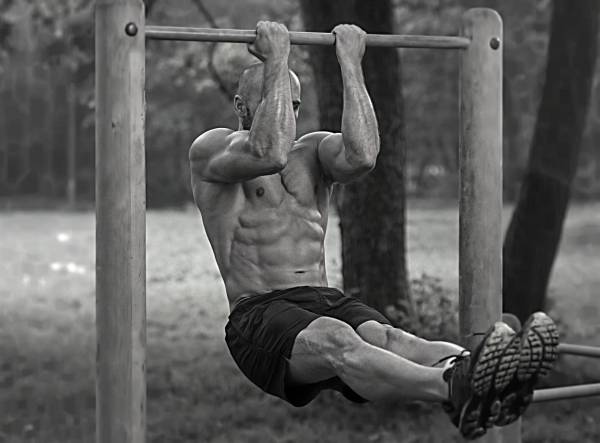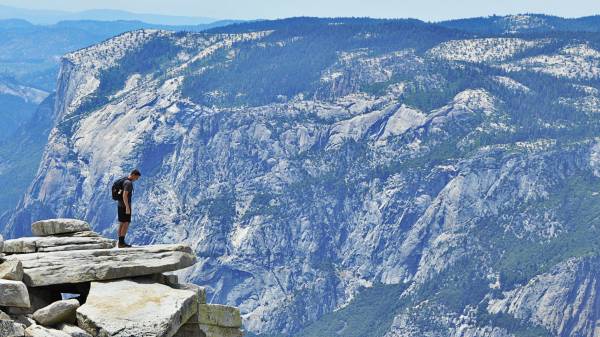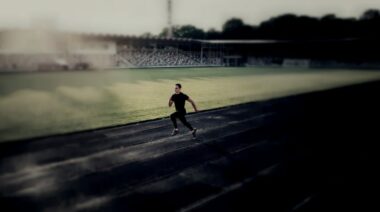If I told you the earth was flat, you’d laugh me off as some kind of nut. Yet this was the dominant perspective for thousands of years. I know it’s a hyperbolic example, but too many of us still live with a 2-D view of the world. We have a limited view of what’s possible and what we’re capable of.
It’s true that you don’t know what you don’t know, and I’ll be the first to admit there’s a lot that I don’t know. Any coach worth working with will tell just the same (that’s why we have coaches too). But my job as coach is to give you a new perspective. I’m here to get you out of the box.
Draw A Bigger Box
Each of us lives in a box of our own making. Over the years, we draw boundaries on what we perceive is possible. Of course, our culture and upbringing play a big part in defining the edges, but at the end of the day the box you live in is simply the story you tell yourself about yourself.
For a while, the box I lived in was defined by boundaries like:
- I’ll only be successful if I get a “real” job
- I’m stuck with pain
- Men have chiseled abs and huge biceps
- I don’t need help
- I have to be the smartest guy in the room to be worthwhile
That’s all kind of bullshit, right? But we can’t see that when we’re living in it. We look at the boundaries of our box and see hard lines. A coach is there to help you see that those hard lines aren’t so solid after all.
If you’re willing to do the work, you can draw a bigger box for yourself. It comes from a shift in how you see the world. Your performance in life depends on your actions. In turn, your actions stem from your perception of how the world works. If you can shift that perspective, your actions and performance automatically shift as well.
There are three questions we can use to make that change possible. The answers can be uncomfortable, but I encourage you to lean in. Growth happens at the edges.
Where Are We Now?
Change starts with awareness. When you bring awareness to something, you have a choice to act on it. And that’s the most liberating thing in the world. It’s time to take an honest look at your current context. What are the edges of the box? You could keep this physical, and say you weigh however many pounds. lift XYZ pounds in the big three, and your 10k time is such and such.

That’s a fine starting point. Now dig deeper. What do your current habits look like? What’s your mindset like? How are your relationships? How is your environment? As Frank Forencich of Exuberant Animal says, we need to look at “Long Body Health,” a combination of person, habitat, and tribe. You don’t live in a vacuum. Each of these factors plays a role in how you look, feel, and perform.
Get clear on where you are now. Only then can you decide where you want to end up.
Where Do We Want To Be?
Ask yourself: if not this, what else? What do you want your life to look like? My favorite coaching question is simply: what else?
After you run that marathon, then what? When you finally recover from that injury, where do you go next? Be curious about the big picture. You want to deadlift triple bodyweight… what else?
There’s never a top to the mountain. Each summit just gives us a better vantage point for the next peak. How high do you want to climb? Give yourself permission to be a giant. “Realistic” is an interesting word we throw around, but we’re talking about going past your current context. Who cares if your big picture goal is a bit unrealistic?

When you’re already redefining what you think is possible, why settle for goals that are “realistic?”
How Might We Bridge That Gap?
This choice of wording is deliberate. We’re not looking for definite solutions or the “right” answer. Look for all possible answers. This is where you can get creative. How might you go from Point A to Point B?
What’s keeping you from bridging the gap? Are there external limitations? Or are they internal? What can you do to get past them? Nobody can do the work for you. The hardest part about bridging the gap is realizing what’s blocking you. When you do, moving forward gets much easier.
The Real Secret Of Coaching
Coaches know quite a bit more than most folks, but the magic isn’t in any technique or trade secret. For me, the best part of being a coach is the moment people realize they don’t need a coach.
The power of having a coach lies in the fact that they help you see things from a new perspective. They challenge your preconceived notions about what you’re capable of, and they provide space to grow. They help you show up as a better version of yourself.
Until you hire a coach, you can use these questions to bring awareness to the edges of your box. You can start to do the work yourself and take active steps to change your perspective. When you do, you’ll be amazed at where you can go in your movement practice.
Are you just doing stuff, or are you training with purpose?






